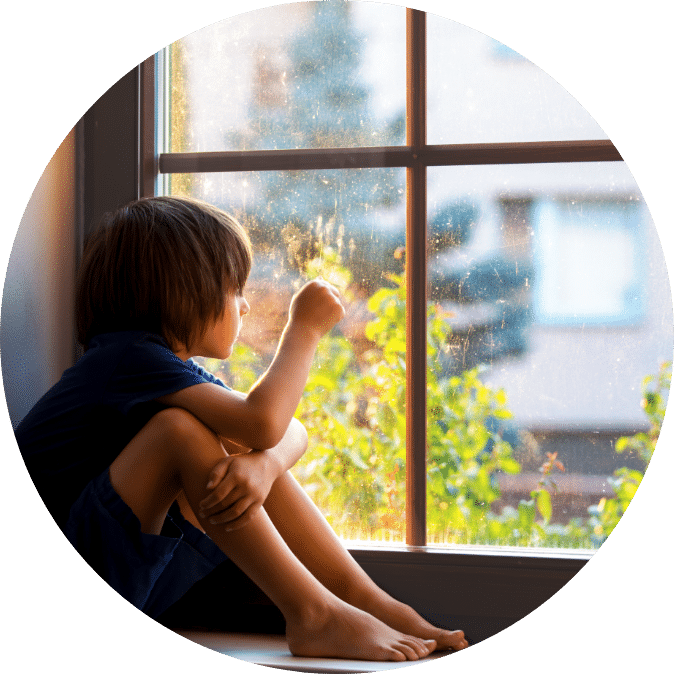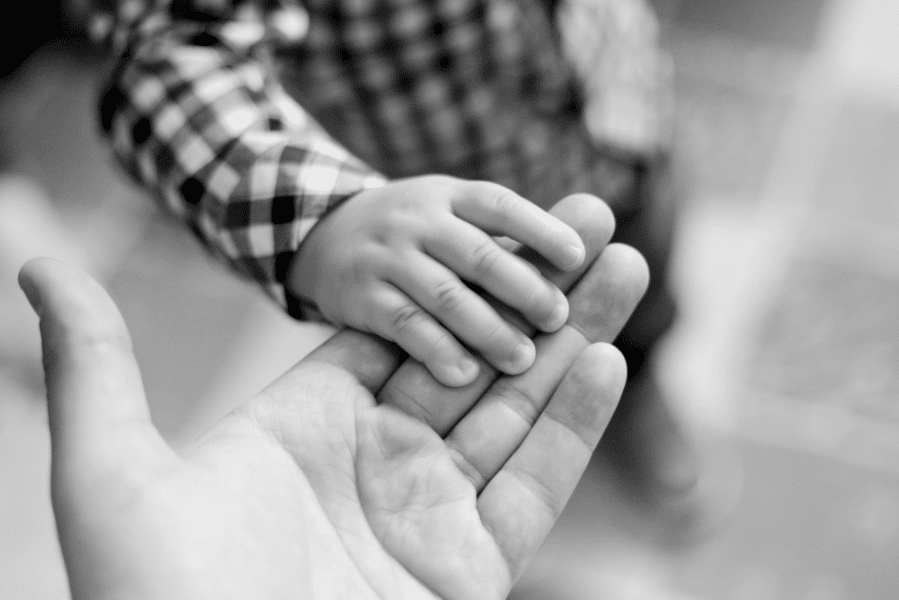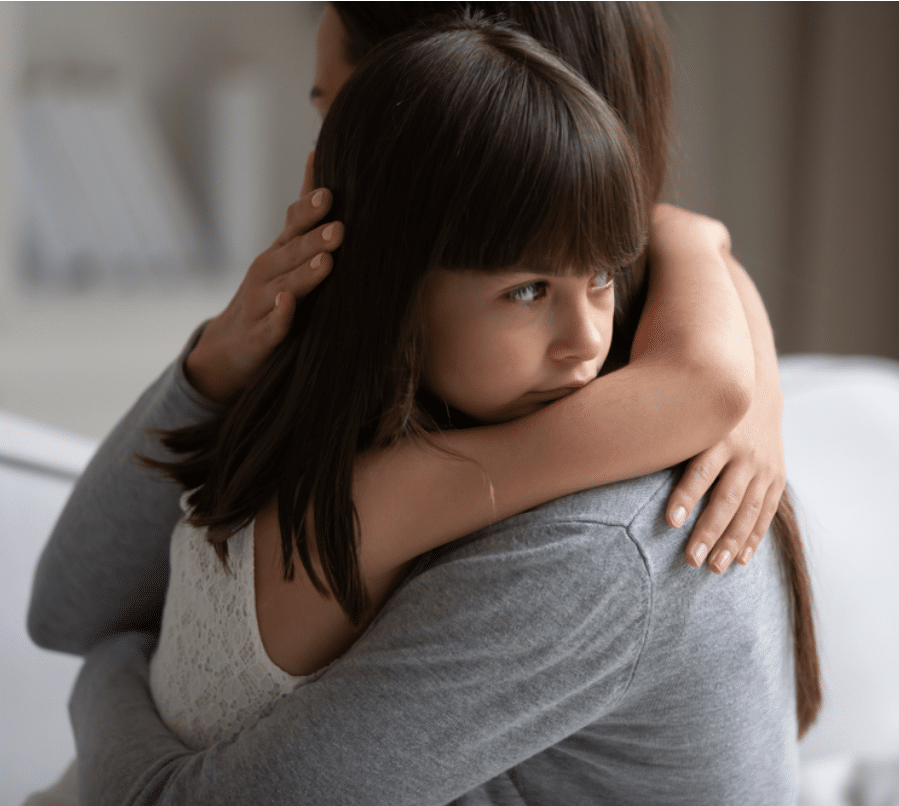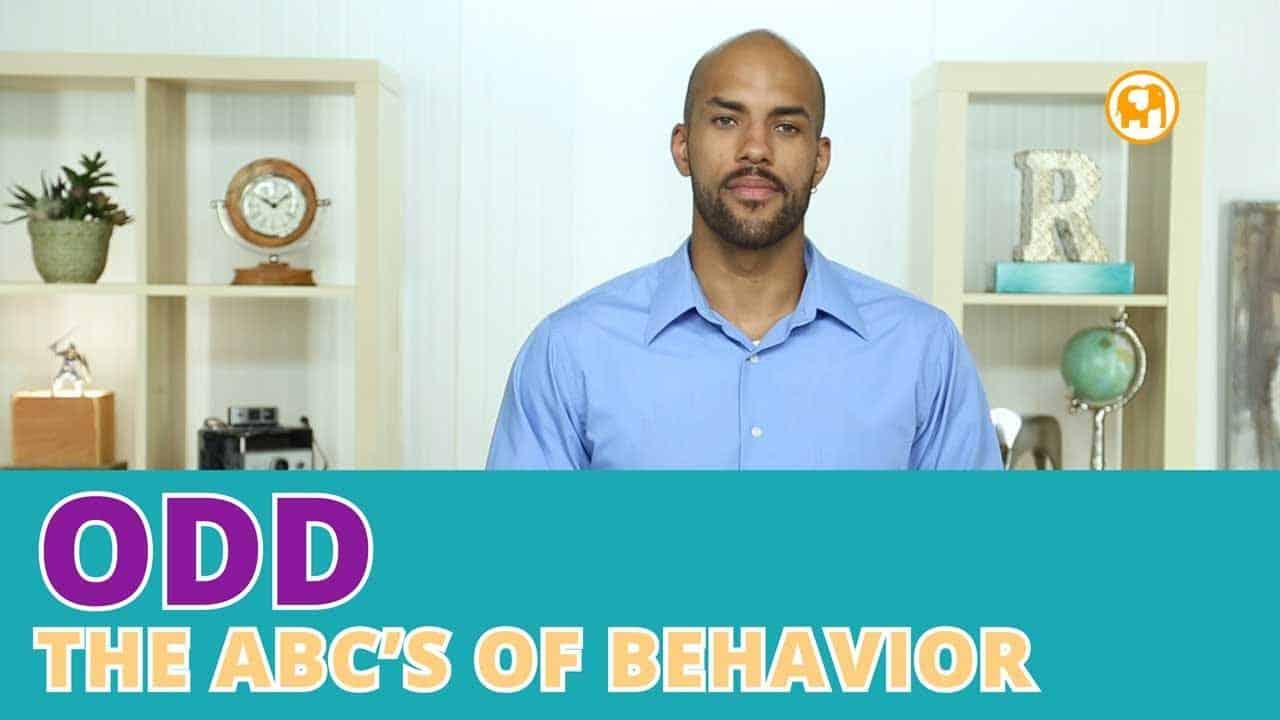— Behavior Issues
Post-Traumatic Stress Disorder (PTSD)

PTSD in our children

PTSD in Our Children
The diagnosis for Post-Traumatic Stress Disorder (PTSD) is complex. PTSD occurs in some people who have experienced a dangerous, shocking, or scary event to themselves or a loved one. For example, people can have PTSD after experiencing something traumatic themselves, but also after the death of a loved one or if a family member or friend faces a traumatic experience. Reactions to these types of events vary with every person. Everyone will have traumatic events in their lives, however, in most cases, people will recover from these events. People who continue to experience these events, even when they are no longer in danger, may have PTSD. PTSD in children must be diagnosed by a professional, and the symptoms and longevity vary from person to person.
Parenting a Child with PTSD
- Use Effective Communication and allow your child to have opportunities to speak freely without adding your own opinions, resolutions, answers, and comments. This is done by keeping the focus on acknowledging what your child is going through and on what they want to share with you.
- Allow your child to communicate about trauma on their terms by remaining a safe person to talk to without forcing them to discuss issues they are working on. They will talk about it as they are ready. Seek professional help when those lines of communication are struggling.
- Use Preventive Teaching to help prepare your child for triggers or specific situations that may be challenging. By clearly communicating and preparing in advance, they will be better able to maintain a safe mental status and avoid severe reactions and behaviors.
- Use the ABCs of Behavior to help your child identify what their triggers are and what alternatives might be helpful.
- Make a plan with your child to practice alternative behaviors to use in situations where they do feel triggered.
- Use Observe and Describe to acknowledge the reactions you notice in your child in a calm and neutral way. Invite conversations where they are treated as the experts of their own bodies, and ask questions to better understand what they are experiencing.



